Years of service 1914–45 Rank Obergruppenfuhrer Battles and wars World War I | Battles/wars World War I Service/branch Waffen-SS Name Friedrich Jeckeln | |
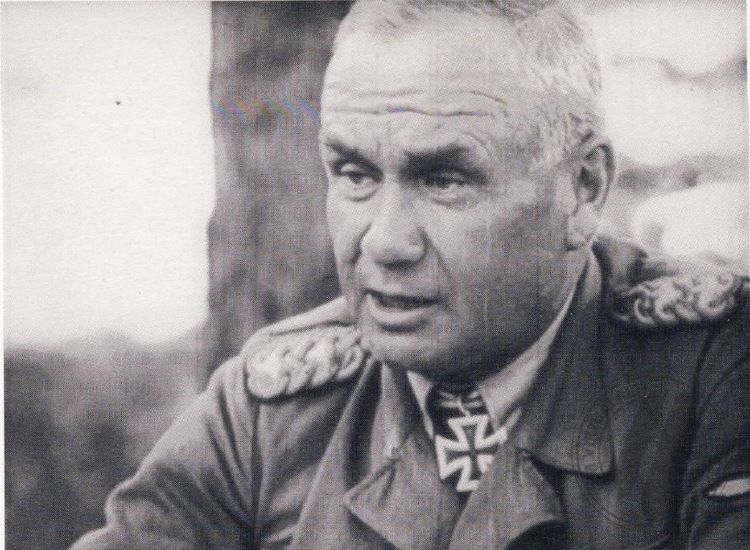 | ||
Allegiance German Empire (to 1918) Weimar Republic (to 1933) Nazi Germany Service number NSDAP #163,348SS #4,367 Other work Responsible for Rumbula, Babi Yar, and other massacres. Awards Knight's Cross of the Iron Cross Similar People Erich Koch, Franz Walter Stahlecker, Otto Ohlendorf | ||
Commands held V SS Mountain Corps | ||
Friedrich Jeckeln (2 February 1895 – 3 February 1946) was a high-ranking official in the SS of Nazi Germany who served as an SS and Police Leader in the occupied Soviet Union during World War II. Jeckeln was the commander of one of the largest collection of Einsatzgruppen and was personally responsible for ordering and organizing the deaths of over 100,000 Jews, Slavs, Romani, and other "undesirables". After the end of World War II, Jeckeln was convicted for his crimes by a Soviet military tribunal in Riga, Latvia and executed in 1946.
Contents
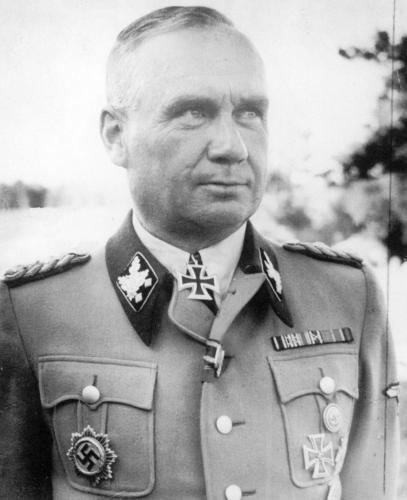
The Nazi Party and SS

Jeckeln served in World War I as an officer. After being discharged following Germany's defeat, Jeckeln worked as an engineer before joining the Nazi Party on 1 October 1929. In January 1931, Jeckeln was accepted into the SS. By the end of 1931 he was placed in charge of a regiment and then a brigade. In 1932, Jeckeln was elected as a member of the Reichstag. In January 1933, when the Nazi Party came to national power in Germany, Jeckeln was put in charge of SS Group South. In 1936, Jeckeln was appointed SS and Police Leader of Western Germany and promoted to SS-Obergruppenfuhrer..
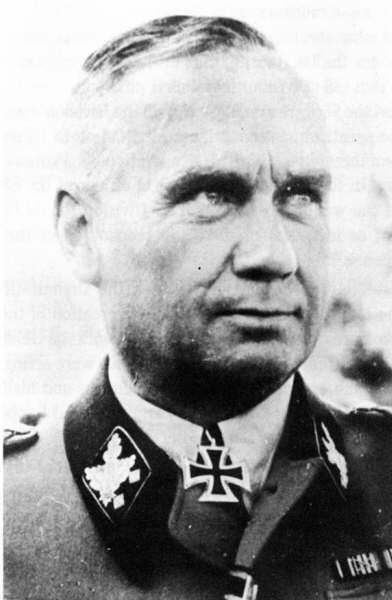
Jeckeln was known to be ruthless and brutal. Political opponents, especially members of the KPD, SPD and the unions, were pursued relentlessly until their death. Together with party member Friedrich Alpers, Jeckeln was primarily responsible for the Rieseberg murders in the summer of 1933. From 1941 to 1945 he also served as the commander of SS-Oberabschnitt Ostland which was a titular paper command of the Allgemeine-SS.
World War II mass murderer
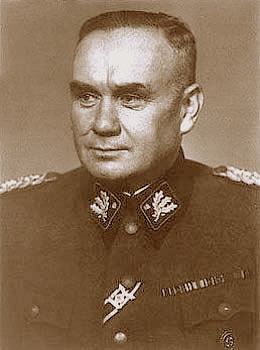
After the Second World War began, Jeckeln was called up to active duty in the Waffen-SS. As was the practice in the SS, Jeckeln took a lower rank from his Allgemeine-SS position and served as an officer in Regiment 2 of the Totenkopf Division. In 1941, however, his front line service was terminated and he was transferred by Reichsführer-SS Heinrich Himmler to serve as Higher SS and Police Leader (HSSPF) of Eastern Russia. In this role Jeckeln assumed direction and control of all SS-Einsatzgruppen mass killings and anti-partisan operations in his district.
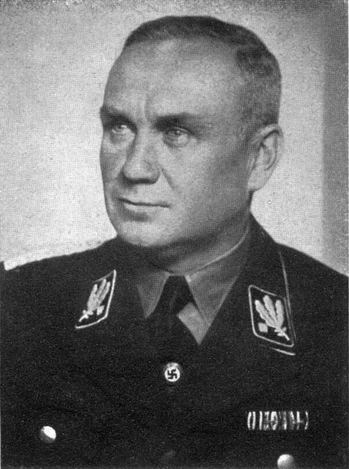
Jeckeln developed his own methods to kill large numbers of people, which became known as the "Jeckeln System". Jeckeln had staff which specialised in each separate part of the process. As applied in the Rumbula massacre on 30 November and 8 December 1941, Jeckeln's system worked as follows:
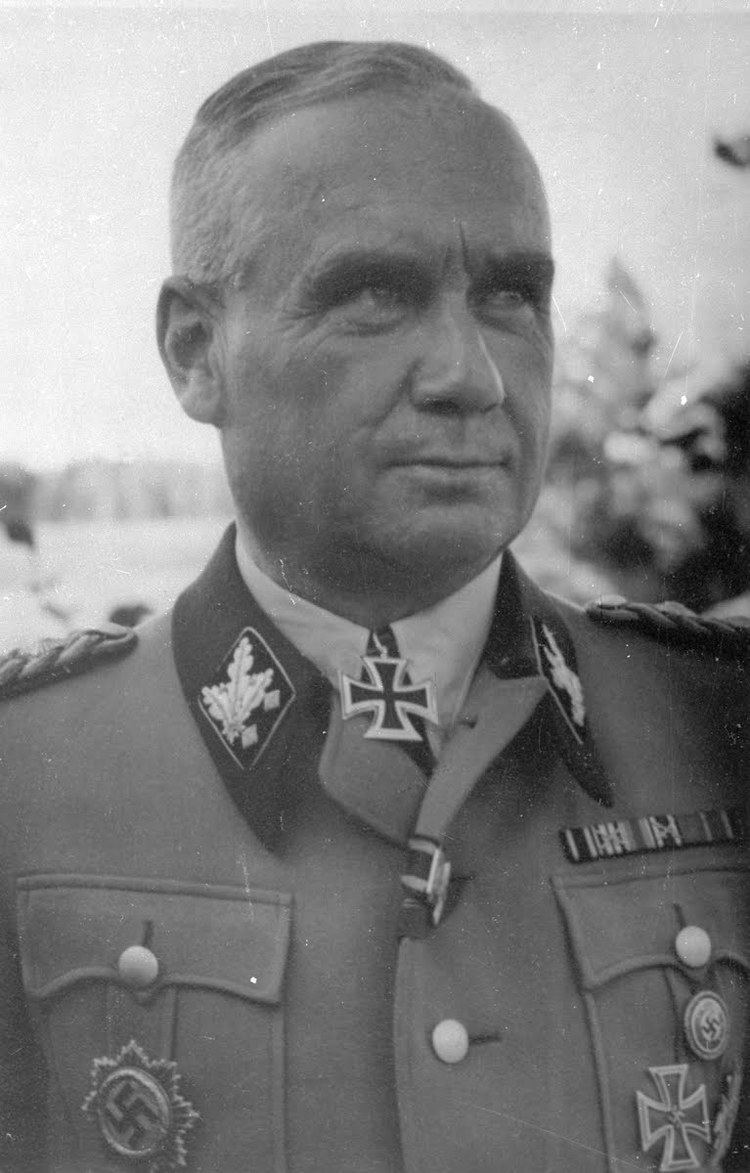
- The Security Service (SD) men rousted the people out of their houses in the Riga ghetto.
- The people to be murdered (typically Jews) were organised into columns of 500 to 1,000 people and driven to the killing grounds about 10 kilometres to the south.
- The Order Police (Orpo) led the columns to the killing grounds.
- Three pits had already been dug where the killing would be done simultaneously.
- The victims were stripped of their clothing and valuables.
- The victims were run through a double cordon of guards on the way to the killing pits.
- The killers forced the victims to lie face down on the trench floor, or more often, on the bodies of the people who had just been shot.
- Each person was shot once in the back of the head with a Russian submachine gun. The shooters either walked among the dead in the trench, killing them from a range of two metres, or stood at the lip of the excavation and shot the prone victims below them. Anyone not killed outright was simply buried alive when the pit was covered up.
This system was called "sardine packing" (Sardinenpackung). It was reported that even some of the experienced Einsatzguppen killers were horrified by its cruelty. At Rumbula, Jeckeln watched on both days of the massacre as 25,000 people were killed before him. Jeckeln proved to be an effective killer who cared nothing about murdering huge numbers of unarmed and even naked men, women, children and the elderly. One of the three survivors of the Rumbala massacre, Frida Michelson, escaped by pretending to be dead as the victims heaped shoes (later salvaged by Jeckeln's men) upon her:
A mountain of footwear was pressing down on me. My body was numb from cold and immobility. However, I was fully conscious now. The snow under me had melted from the heat of my body. ... Quiet for a while. Then from the direction of the trench a child's cry: 'Mama! Mama! Mamaa!'. A few shots. Quiet. Killed.
By the end of August 1941, while commanding the Kommandostab SS First Brigade in the Western Ukraine, Jeckeln had personally supervised the murder of more than 44,000 human beings, the largest total of Jews murdered that month. The combined killing events constitutes one of the largest death tolls during the "holocaust by bullets."
On 27 January 1942 Jeckeln was awarded the War Merit Cross with Swords for killing 25,000 at Rumbula "on orders from the highest level." In February 1945, now a General der Waffen-SS und Polizei, Jeckeln was appointed to command the SS-Freiwilligen-Gebirgs-Korps and also served as Commander of Replacement Troops and Higher SS and Police Leader in Southwest Germany.
Trial and conviction
Jeckeln was taken prisoner by Soviet troops near Halbe on 28 April 1945. Along with other German personnel who served in the Riga military district, he was tried before a Soviet military tribunal in Riga, Latvia from 26 January 1946 to 3 February 1946. During the investigation, he was calm, answering questions from investigators in essence, on the dock looked dull and impartial. Jeckeln in his last words was restrained, he fully admitted his guilt and agreed to bear full responsibility for the activities of subordinate police, SS and SD in Ostland. Concluding his speech, he said:
I have to take full responsibility for what happened in the borders of Ostland, within SS, SD and the Gestapo. Thereby increases much my fault. My fate is in the hands of the High Court, and so I ask only to pay attention to mitigating circumstances. I will accept a sentence in full repentance and I will consider as worthy punishment.
Jeckeln and the other defendants were found guilty, sentenced to death and hanged at Riga on 3 February 1946 in front of some 4,000 spectators. Against popular misconception, the execution did not happen in the territory of the former Riga ghetto, but in Victory Square (Uzvaras laukums).
Summary of career
Friedrich Jeckeln's awards and SS dates of rank are as follows.
Awards
Dates of rank
